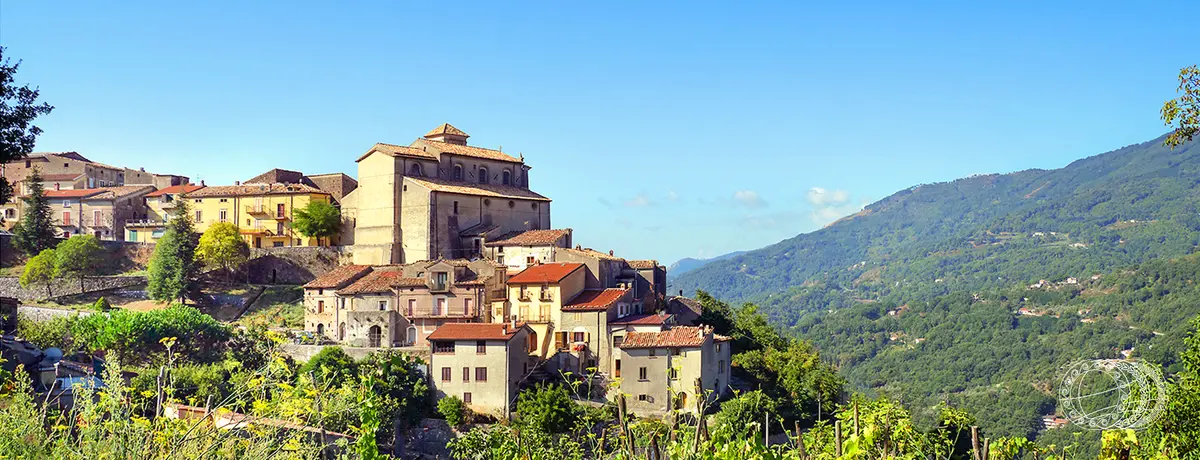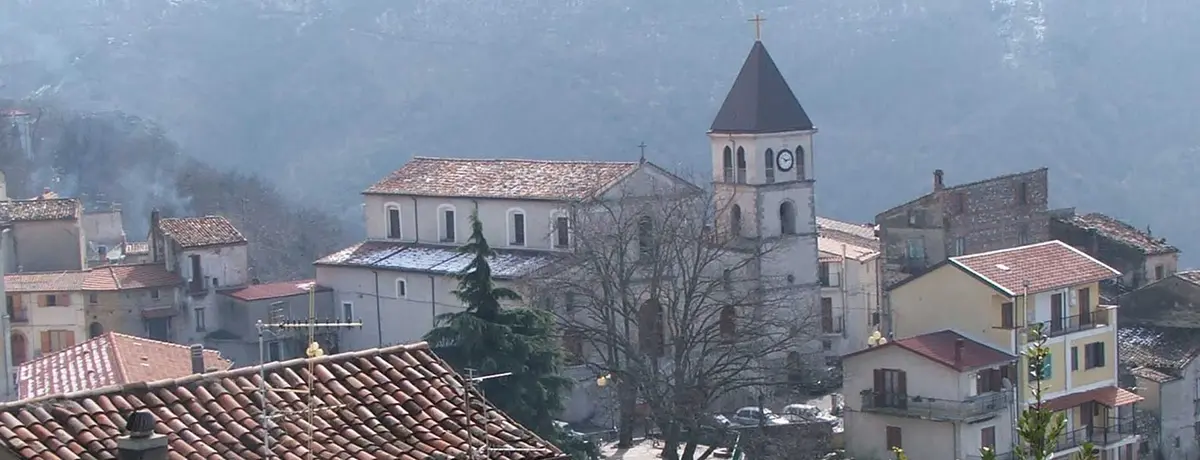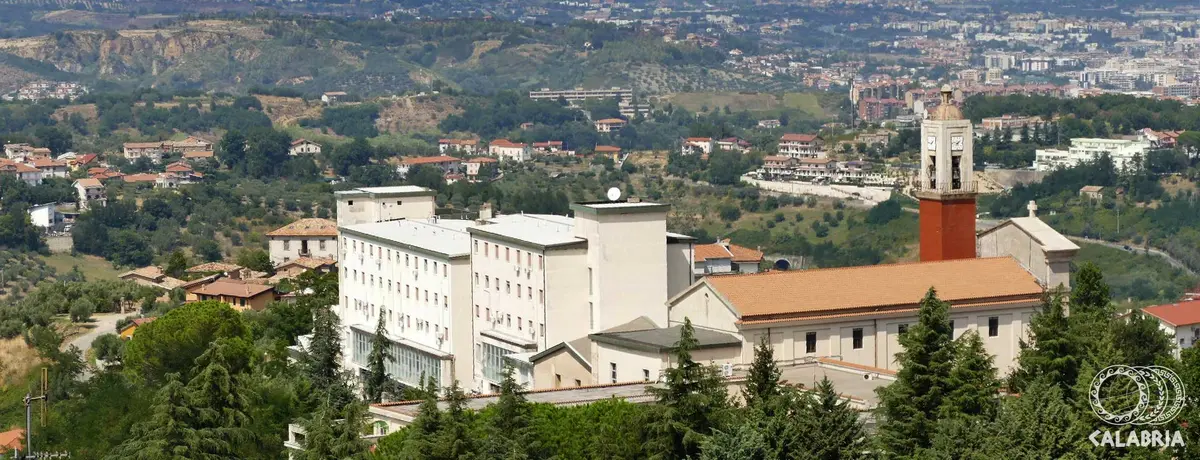Cosenza
Cosenza, the ancient pride of the Athens of Italy
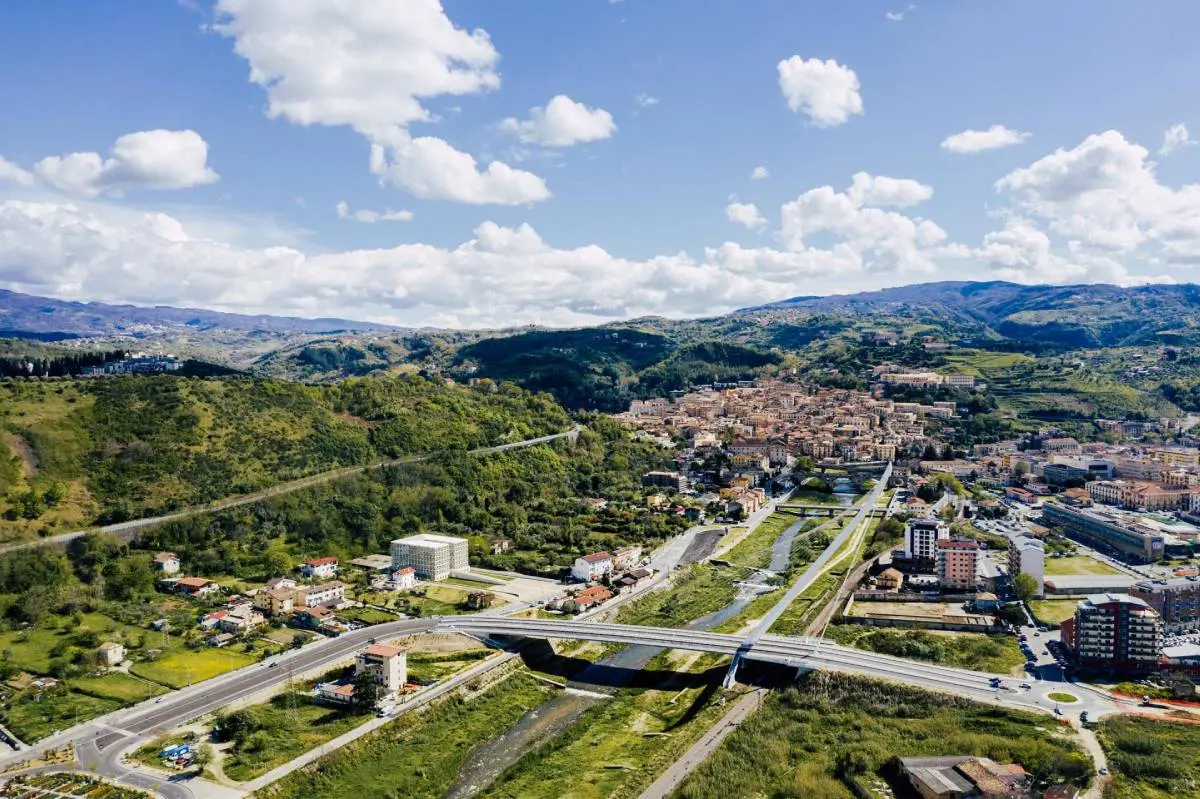
City
Regione Calabria
Cosenza, the province with the largest territory in Calabria, is also known as the "City of the Bruzi", since it was founded by the local civilisation of the same name in the 4th century B.C., one of the oldest cities in Calabria, on 7 hills overlooking the Crati and Busento Valleys.
A city with a great artistic, cultural and intellectual tradition, Cosenza is the birthplace of the humanist Parrasio and the philosopher-theologian Bernardino Telesio, among the scholars who helped to define the city as the "Athens of Italy", and the seat of the important Accademia Cosentina.
The municipality of Cosenza includes the recent part of the built-up area and the historic centre, Cosenza Vecchia. The last-named is the oldest nucleus, spread out at the foot of Colle Pancrazio, on which stands one of Cosenza's symbols: the Swabian (or Norman-Swabian) Castle. Strolling along the legendary Corso Telesio, we admire the city's other monumental buildings: the "Alfonso Rendano" Theatre, near the tree-lined villa (Villa Vecchia); the UNESCO World Heritage-listed Cathedral and a series of truly unmissable museums, starting with the National Gallery in Palazzo Arnone and the Archaeological Museum of the Brettii and Enotri, inside the historic Monumental Complex of S. Agostino.
The vocation for contemporary art that has always characterised the Municipality of Cosenza's address passes through some key places in the centre: the MAB - Bilotti Open-air Museum, the space along Corso Mazzini, which exhibits valuable reproductions of contemporary sculptures; the Calatrava Bridge, the work of the archistar of the same name; and the BoCs Art Museum, housed in the rooms of the San Domenico Monumental Complex.
Nature lovers should know that the province of Cosenza falls within two national parks, the Pollino National Park and the Sila National Park (Sila Grande).
"A Different Tale" exhibition: Cosenza
The exhibition ‘’A Different Tale‘’ represents a unique cultural project, designed to enhance some of Calabria's most fascinating villages through the art of illustration. Sixteen talented Calabrian authors have reinterpreted places, stories and popular traditions linked to these villages, creating modern works full of personality.
Presented in Melbourne and New York in October 2024, the exhibition celebrates Calabrian identity in a dialogue between tradition and innovation, involving an international audience.
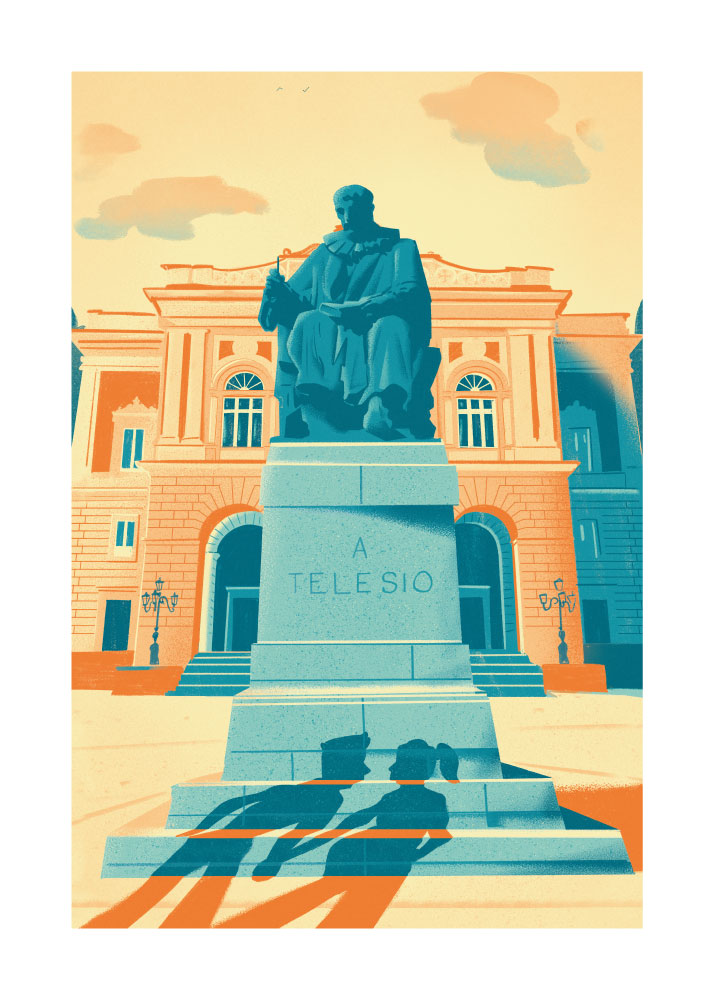
Giovanni Gastaldi created the illustration of the city of Cosenza. Born in 1995, he spent his childhood drawing on desks and school books.
After graduating from the IED in Turin in 2017, he gained experience as a graphic designer and illustrator in various studios in the city, including MYBOSSWAS and ten04, working on projects for publishing houses such as Einaudi, Treccani, Utet and the Turin Book Fair. In 2021 he attended the Mimaster course in Milan and has been working as a freelance illustrator ever since. Today he lives and works in Mondovì, sharing his studio with other creatives and a giant puppy named Otto.
No result
